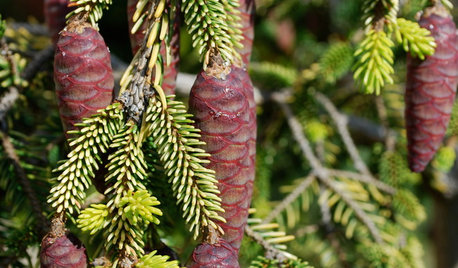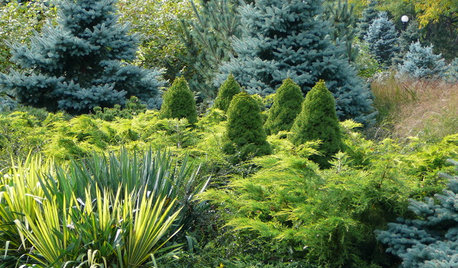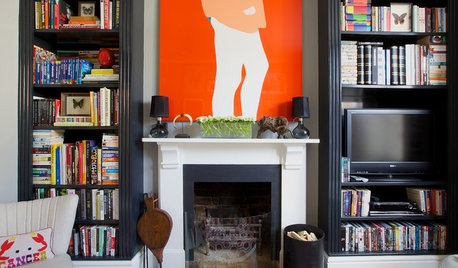Can we discuss Conifer garden soil preparation?
ladylotus
11 years ago
Related Stories

GARDENING GUIDESGardening Solutions for Heavy Clay Soils
What’s a gardener to do with soil that’s easily compacted and has poor drainage? Find out here
Full Story
GARDENING GUIDESHow to Stop Worrying and Start Loving Clay Soil
Clay has many more benefits than you might imagine
Full Story
GARDENING GUIDESHave Acidic Soil in Your Yard? Learn to Love Gardening Anyway
Look to acid-loving plants, like conifers and rhododendrons, to help your low-pH garden thrive
Full Story
GARDENING GUIDESGardening Solutions for Dry, Sandy Soils
Has your desert or beachy site withered your gardening creativity? Try these ideas for a beautiful, easy-care landscape
Full Story
GARDENING GUIDESGreat Design Plant: Skylands Oriental Spruce, a Favorite Conifer
Brighten up a drab corner of your garden with Picea orientalis ‘Skylands’, a smaller spruce that a bird family might just call home
Full Story
GARDENING GUIDESDesigning With Conifers: Find the Perfect Fit for Your Landscape
Conifers range from fairy-garden size to 70 feet tall. Here’s how to decifer the plant tag for the perfect long-term fit in your garden
Full Story
LANDSCAPE DESIGNFlood-Tolerant Native Trees for Soggy Soil
Swampy sites, floodplains, even standing water ... if you've got a soggy landscape, these trees are for you
Full Story
PLANTING IDEASDesigning With Conifers: Layers of Texture for Your Garden
Sharp and prickly or fine like ferns, richly textured conifers bring unexpected interest to the landscape
Full Story
TRAVEL BY DESIGNHow to Prepare Your House for a Home Swap
Trading homes for your vacation? Leave yours in great shape for your guests and help them enjoy a happy break with these 12 tips
Full Story
GARDENING GUIDES10 Tips to Start a Garden — Can-Do Ideas for Beginners
Green up your landscape even if you're short on time, money and knowledge, with these manageable steps for first-time gardeners
Full Story









baxswoh
ken_adrian Adrian MI cold Z5
Related Professionals
Cottonwood Landscape Architects & Landscape Designers · Franconia Landscape Architects & Landscape Designers · Garden City Landscape Architects & Landscape Designers · Andover Landscape Contractors · Berkley Landscape Contractors · Cicero Landscape Contractors · Flagstaff Landscape Contractors · Harvey Landscape Contractors · Lemoore Landscape Contractors · Lynchburg Landscape Contractors · Nanuet Landscape Contractors · Siloam Springs Landscape Contractors · Tinton Falls Landscape Contractors · Wickliffe Landscape Contractors · Yukon Landscape Contractorsbarbaraincalif
maple_grove_gw
ladylotusOriginal Author
firefightergardener
sluice
gardener365
ladylotusOriginal Author
gardener365
whaas_5a
chams
Embothrium
Mcpotts
echolane